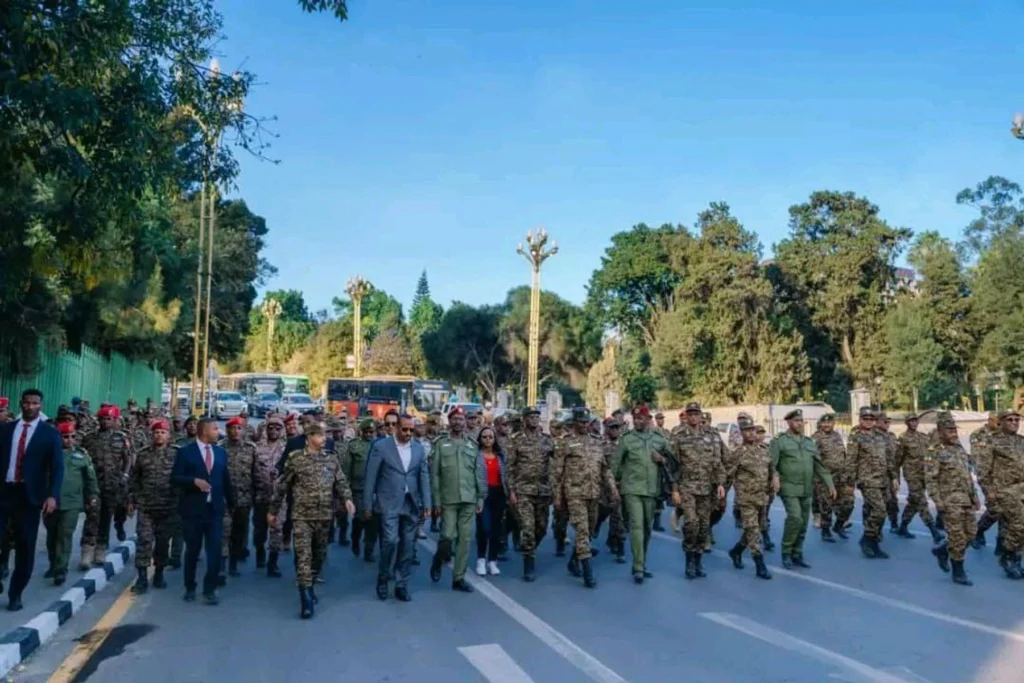
By Muhammed H. and Idris A.1
Under the Prosperity Party’s rule, Ethiopia is ambling toward another war against Tigray. The Pretoria Agreement, once deemed as a path to peace, has deepened internal political divisions in Tigray, leaving the country on the brink of renewed conflict. Ethiopia’s political opposition remains fragmented, the economy continues to deteriorate, and armed resistance is growing. Prime Minister Abiy’s escalating crisis—marked by increased repression, ethnic manipulation, and military coercion—has left no room for democratic alternatives.
The reality is stark. The regime has closed off all political avenues, making coordinated resistance and strategic realignment the only viable path forward to bring about change. However, for this transition to succeed, Ethiopia’s opposition forces—including the Tigray Defense Force (TDF), Fanno, the Oromo Liberation Army (OLA), and the Ogaden National Liberation Front (ONLF), which has seen none of its agreements honored, must not only work together militarily but also engage all stakeholders in dialogue to forge a post-Abiy future.
This article outlines the critical steps Ethiopia’s opposition must take to prevent the country from descending into prolonged instability, political fragmentation, and the possible emergence of competing nodes of power. The Prosperity Party regime, despite its repeated claims of invincibility, is irreparably damaged to the extent that it cannot re-establish legitimate rule. It falls to the opposition to envision a post-Abiy political dispensation and create an inclusive governance framework that can serve as a viable alternative to the tottering regime standing on the precipice of a violent collapse.
Read more